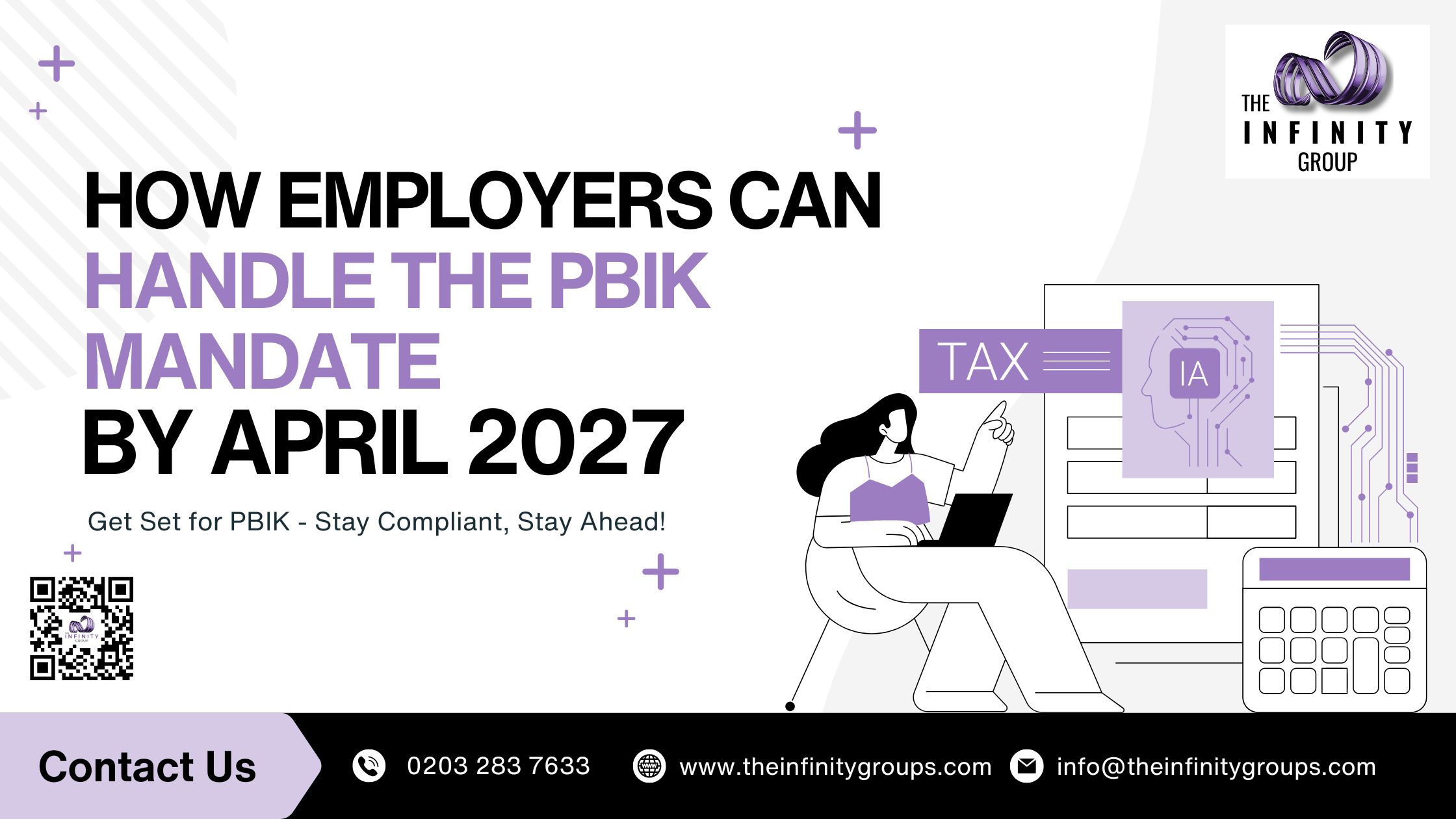Payrolling Benefits in Kind (PBIK) refers to the process of taxing noncash employee perks such as company cars or private health insurance through payroll in real time instead of reporting them annually via P11D forms. In its April 2025 Employer Bulletin, HMRC announced that PBIK will become mandatory from April 2027, phasing out most P11D submissions. With less than two years to prepare, employers must act now to streamline payroll systems, avoid penalties, and ensure a seamless transition to real-time reporting. The implementation of the measure has been delayed from April 2026 to April 2027. However, employers still have the option to voluntarily payroll benefits in kind prior to the new deadline.
What Are Benefits in Kind?
Benefits in Kind (BiK) are non-monetary perks provided to employees, these benefits have a monetary value and are considered taxable, even though they are not paid as salary or wages. Common examples include:
- Company vehicles
- Private medical insurance
- Gym memberships
- Interest-free loans
Traditionally, employers reported these benefits annually using P11D forms, with tax adjustments made through employee tax codes. Payrolling simplifies this by taxing BiK in real time through monthly payroll, improving accuracy and reducing year-end admin.
What’s Changing in April 2027?
HMRC’s Spring 2025 updates confirm that PBIK will be mandatory from April 2027, eliminating the need for most P11D forms. Key changes include:
- Mandatory payrolling for all applicable benefits (e.g., cars, health insurance) employers must report and pay Income Tax and Class 1A National Insurance Contributions (NICs) on most BiKs through payroll software in real time.
- Exceptions: Employer-provided living accommodation and beneficial loans must still be reported via P11D.
- Class 1A National Insurance Contributions (NICs) will still require a P11D(b) for benefits that are not payrolled.
- End-of-Year Adjustments: An end-of-year process will be introduced to amend the taxable values of any BiKs that cannot be determined during the tax year
This shift aligns with HMRC’s digital-first strategy to reduce errors and streamline compliance. Employers are encouraged to review the HMRC payrolling guidance for specifics.
Why Employers Should Act Now?
Early preparation offers critical advantages:
- Avoid last-minute chaos: Upgrading payroll systems and training teams takes time.
- Test systems voluntarily: HMRC allows employers to voluntary opt into payrolling for 2025–26 and 2026-27 trial.
- Mitigate errors: Inaccurate reporting of BiK can lead to penalties or employee disputes over incorrect tax deductions.
The April 2025 Employer Bulletin underscores that proactive employers will face fewer compliance risks.
Steps to Start Preparing for PBIK
1. Audit Current Benefits
Identify which BiK you provide and confirm they’re eligible for payrolling (e.g., cars, medical insurance).
2. Update Payroll Software
Ensure your software supports real-time payrolling of BiKs. HMRC-approved options are listed here.
3. Register with HMRC
Opt in for voluntary payrolling via your PAYE Online account before April 2027.
4. Train Teams
Provide training for payroll and HR staff on calculating and reporting BiK values accurately
5. Communicate with Employees
Explain how payrolled benefits will appear on payslips and affect their tax deductions.
6. Common Challenges & Solutions
- Legacy Systems: Outdated software may struggle with real-time calculations. Partner with payroll providers for upgrades.
- Valuation Errors: Use HMRC’s BiK calculators to avoid miscalculating perks like company cars.
- Employee Resistance: Provide clear FAQs and host briefings to address concerns.
For tailored support, consult The infinity Group – payroll advisor.
The April 2027 PBIK mandate is a pivotal shift in UK payroll compliance. By reviewing benefits, registering early, and leveraging HMRC’s voluntary trial window, employers can ensure a stress-free transition. Don’t wait, start preparing today to stay ahead of the curve.

